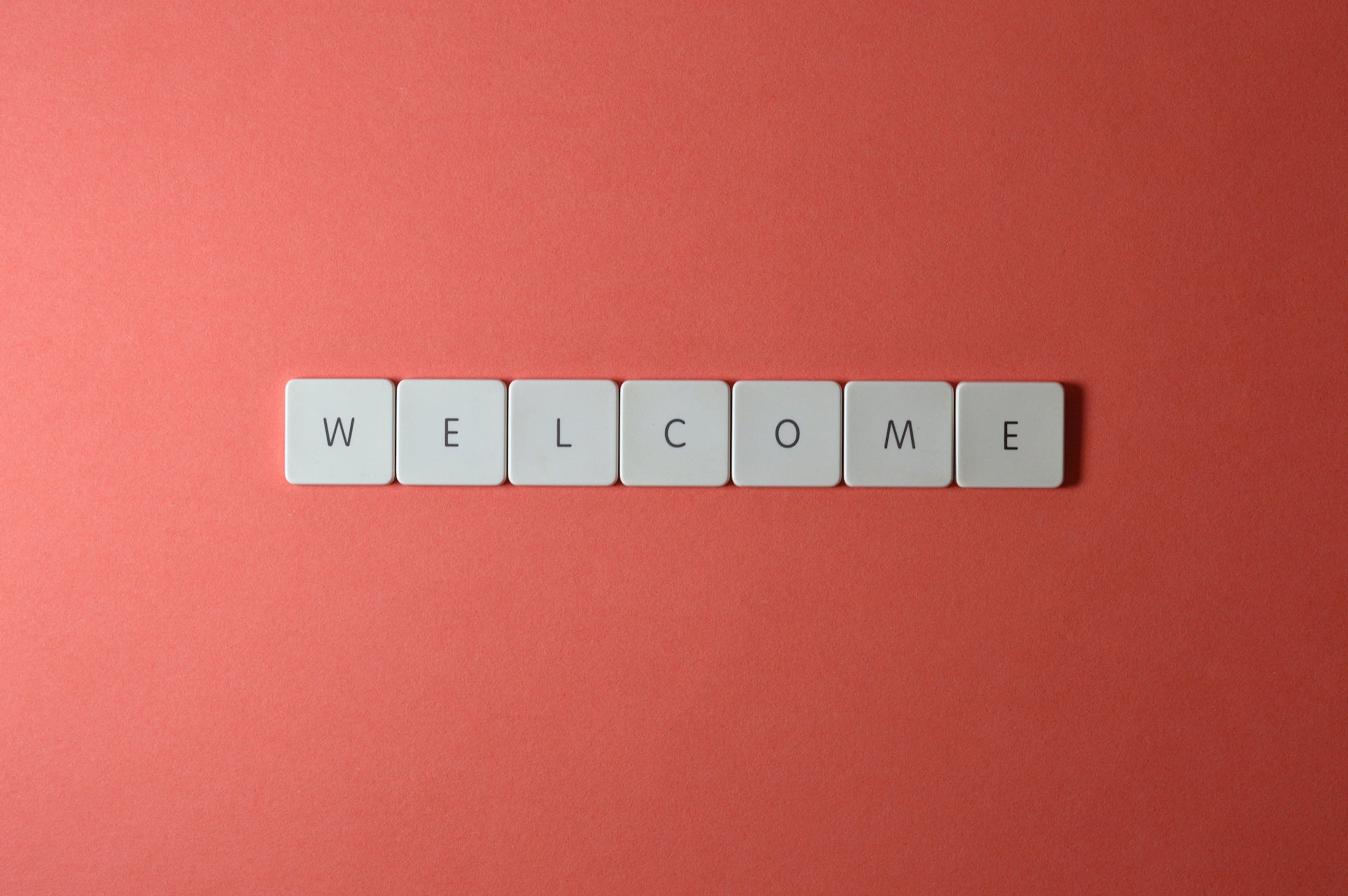6 keys for an effective onboarding in small distributive team
All of us know how the onboarding process goes in huge companies - strong HR team’s initial input, personal mentor accompaniment, documentation of all processes and knowledge, onsite communication, etc. But how to build effective onboarding in terms of remote culture, rapid team growing and changing without the ability to delegate to personal onboarding buddies? Through a thorny path we came up with the 6-point checklist which can help integrate your employee into your business.
1. Provide clear vision and minimize surprises - pre-onboarding phase
Even during the interview process, interviewers and the HR team should communicate fair information to the prospective hire about their duties, skills required of the role, and expectations regarding newcomer’s contribution to the development of the company. You should set clear vision about the culture/the values/the business strategy and provide information about the real state of affairs in the company, and current development processes. False expectations can harm both sides.
2. Reduce Information overload
While joining a complex, long-running product, it is impossible to learn everything in one day. The onboarding materials and check-in meetings should focus on “the most basic aspects”. This applies to the functionality of the product, the tools/services that need to be used, and the people with whom newcomers interact day to day. Later on they will be able to deep-dive into various details. For now though, new employees should receive bits of information gradually but consistently, so that they can build an entire picture over time
3. Prepare and provide resources
An ideal scenario is to create a “pool” which will contain a list of environments/external services and permissions that need to be requested, and a list of tools that need to be installed. You should also provide links to documentation and HOW TO articles describing working processes, environments setup, and communication channels rules. Having this kind of checklist will save your time and will give the new person the space to independently research the product and the working process. During the first check-in meeting, guide employees through this checklist as a quick start.
4. Stay in touch
Keep the process human and make regular one-on-one meetings during the first one-two weeks. This time helps to guide new employees in the right direction, ask ongoing questions, and get vital answers. Best scenario is to assign an experienced person from the same position. Beyond this, provide opportunities to connect with co-workers. If some special technical meetings are needed - make sure all meetings are scheduled and newcomers are introduced to the team. Explain responsibilities of each team member - new employees should know who would be the best POC(point of contact) in case any question arises.
5. Start quickly
Again, it is impossible to learn everything in one day. Let new team-mates start with some simple tasks as soon as they feel confident. Do not spend all the time reading theory and give space for practice. This will enrich their knowledge with details, allow them to ask the right questions, and study the product more effectively.
6. Get Feedback
Things are frequently changing, so make sure you are asking your employees their thoughts on how onboarding time is going. It allows you to gain consistent feedback and to ensure that your new hires are actually getting value out of onboarding. Listen, analyze, adjust, and repeat.
The onboarding process has a huge impact on your business and the employee experience. That’s why it is important to do it properly. We know every company has their own ways of working. If you have any tips about employee onboarding please share them with us in comments below, we will appreciate it!




